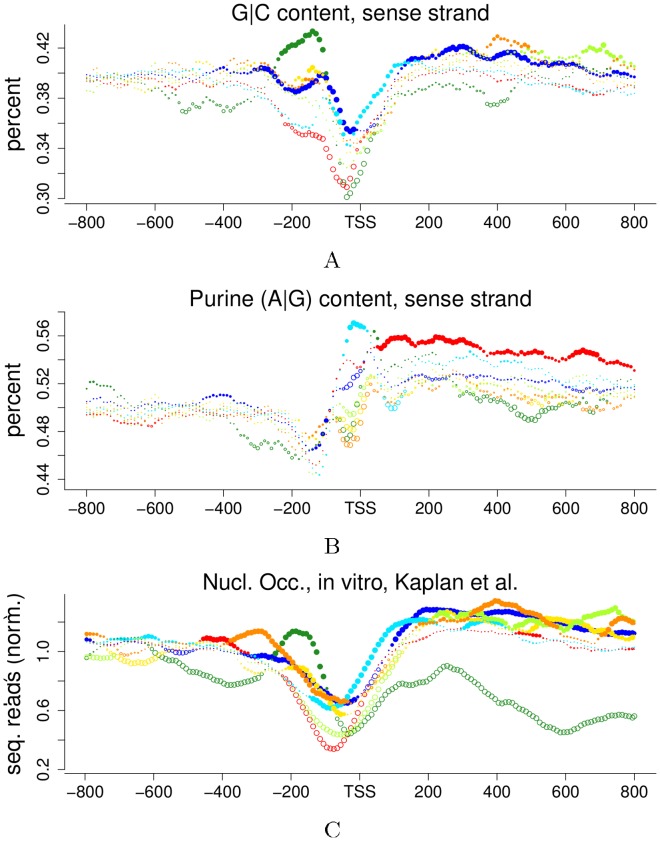Figure 7. Summary of results & proposed feedback model.
7A: temporal flow of expression and functional relationships of cluster transcripts in the 0.7 h system (left to right) and the 5 h system (top to bottom). 7B: summary of observed properties (significant enrichment or biases) of the main gene clusters. 7C: Potential regulatory interactions of broad cellular functionality via the energetic status of the cell, reflected, e.g., in ATP:ADP ratios. In the oxidative phase catabolic activity leads to a high ATP synthesis rate. At high ATP:ADP ratios promoters of anabolic genes are active, potentially mediated by ATP-dependent nucleosome remodeling, which at the same time keeps promoters of catabolic genes in a repressed state. When respiratory activity suddenly slows down in the reductive phase the activity of the anabolic genes, i.e., amino acid and protein synthesis, leads to a decrease of the ATP:ADP ratio and the promoters of catabolic genes become active. Diverse cellular stresses may result in a sudden drop in the cellular ATP:ADP ratio due to the energetic costs of immediate biochemical stress response.

